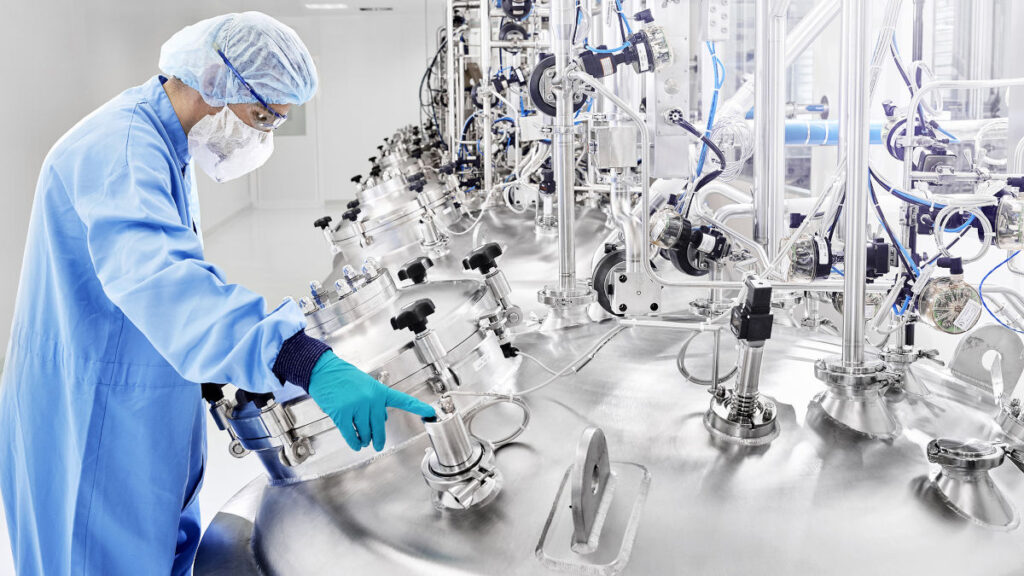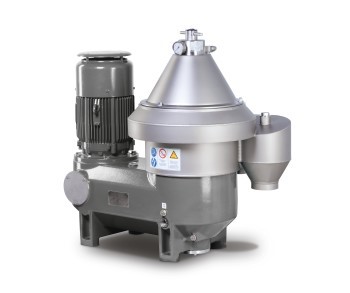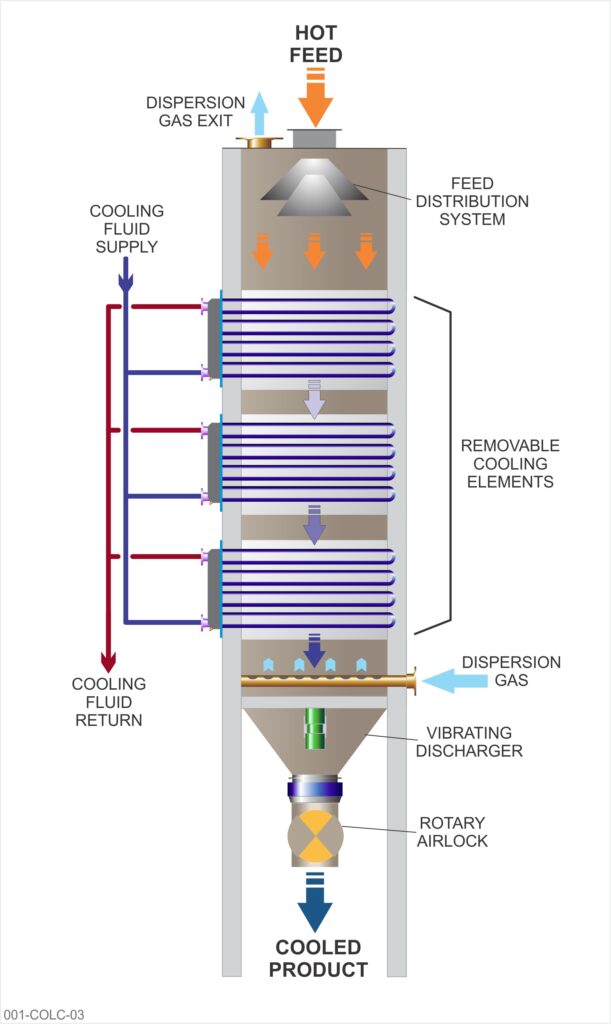

Downstream Processing
Downstream processing is the recovery and purification of a bioproduct from natural sources such as bacteria or fungi. Downstream processing aims to isolate, purify, and concentrate the previously synthesized bioproduct from the complex bulk matrix. Downstream processing is typically defined as the unit operations that follow the completion of cell growth and expansion and the completion of bioproduct formation. The importance of separation and purification methods cannot be overstated, as they are essential for the isolation and purification of most of the high-value products of modern agricultural biotechnology. Separation methods include ammonium sulfate precipitation, ultrafiltration, three-phase partitioning, aqueous two-phase extraction, and chromatography. Purification methods include ready-to-use columns, HiScale™ chromatography columns, and multi-column chromatography. The use of plate and frame filters, vacuum filters, and centrifuges are common practices in the biochemical industry for solid-liquid separation. By understanding these challenges, you can better communicate with potential customers and provide them with the best solutions for their needs.

Separation
Sed ut perspiciatis unde omnis natus error sit voluptatem accusantium doloremque.

Purification
Sed ut perspiciatis unde omnis natus error sit voluptatem accusantium doloremque.